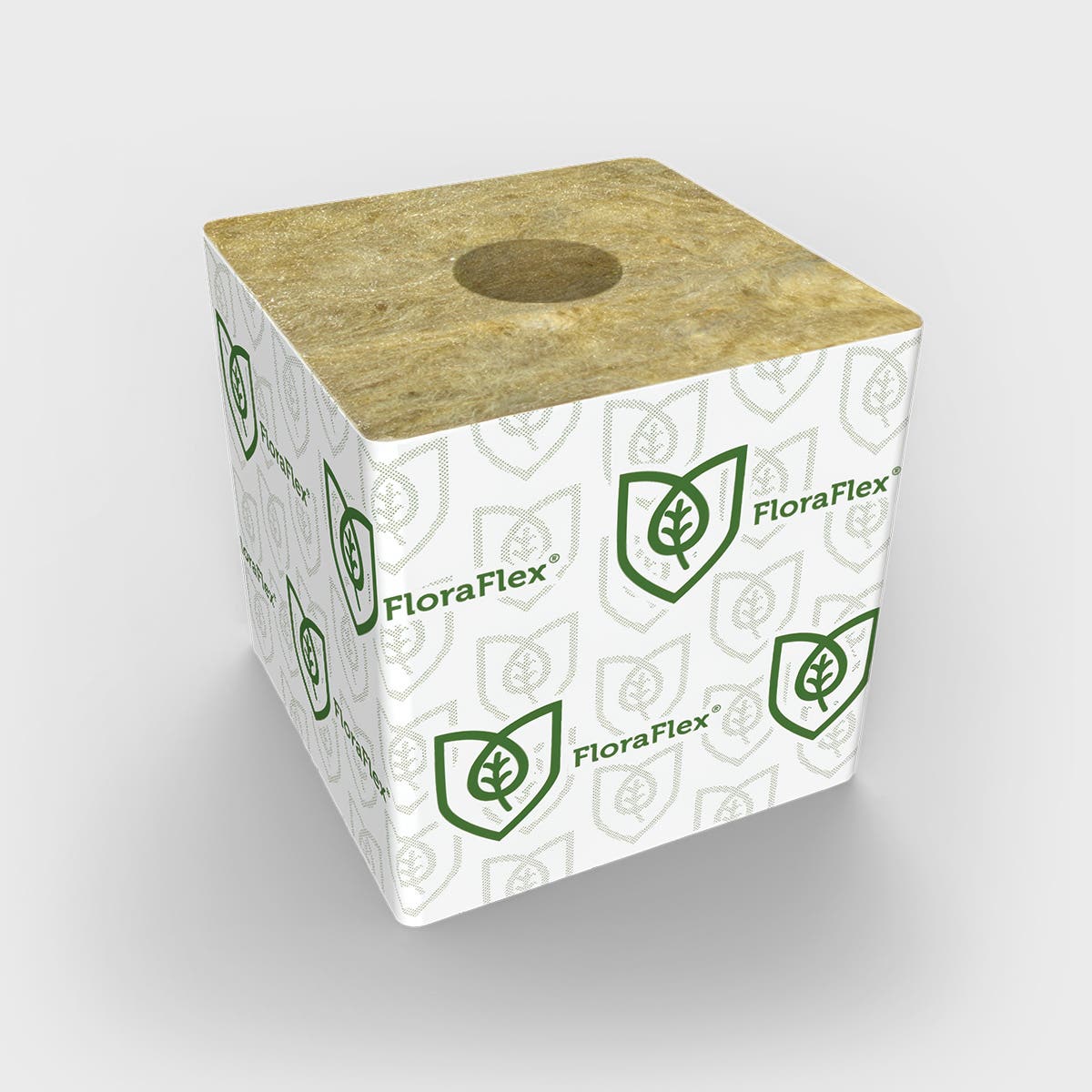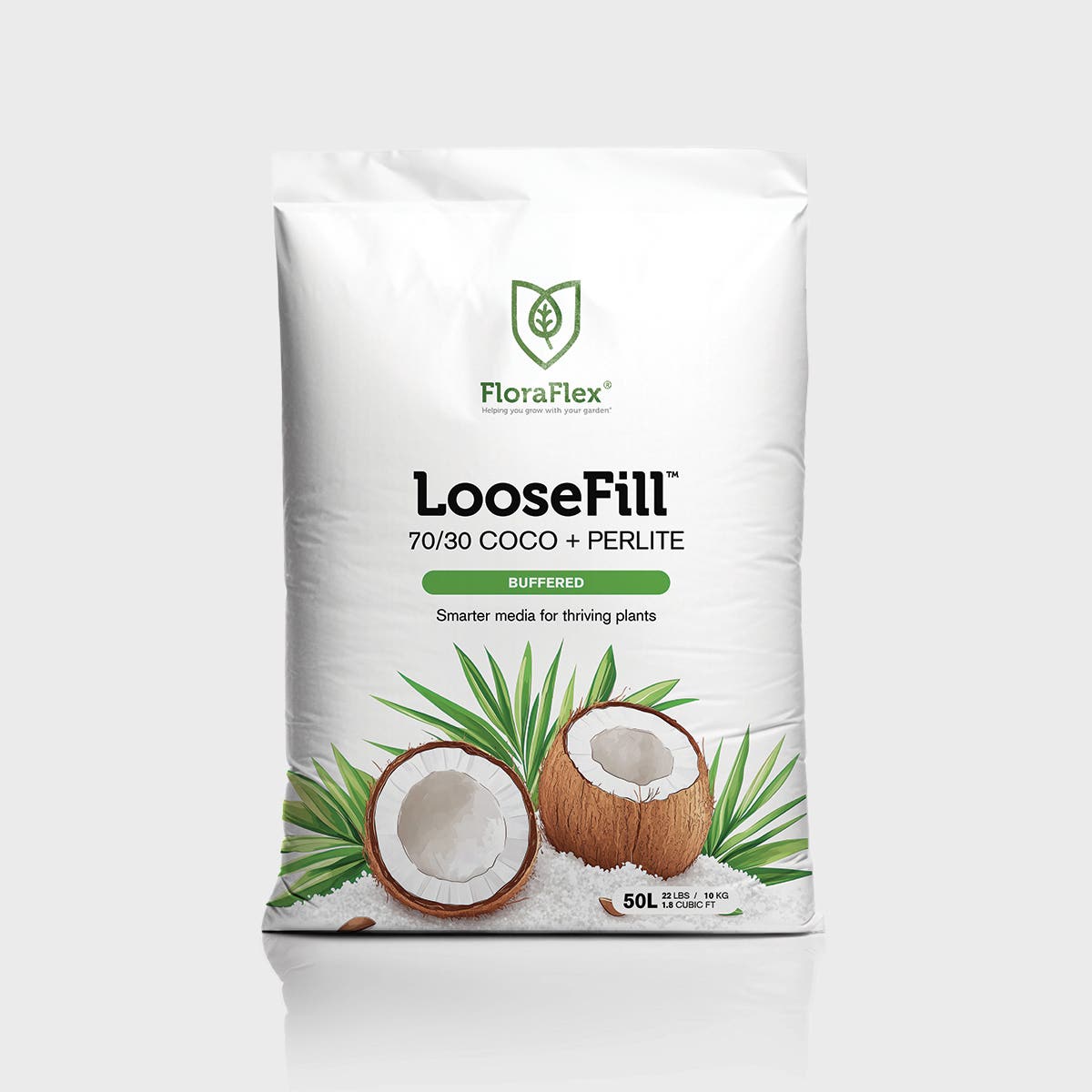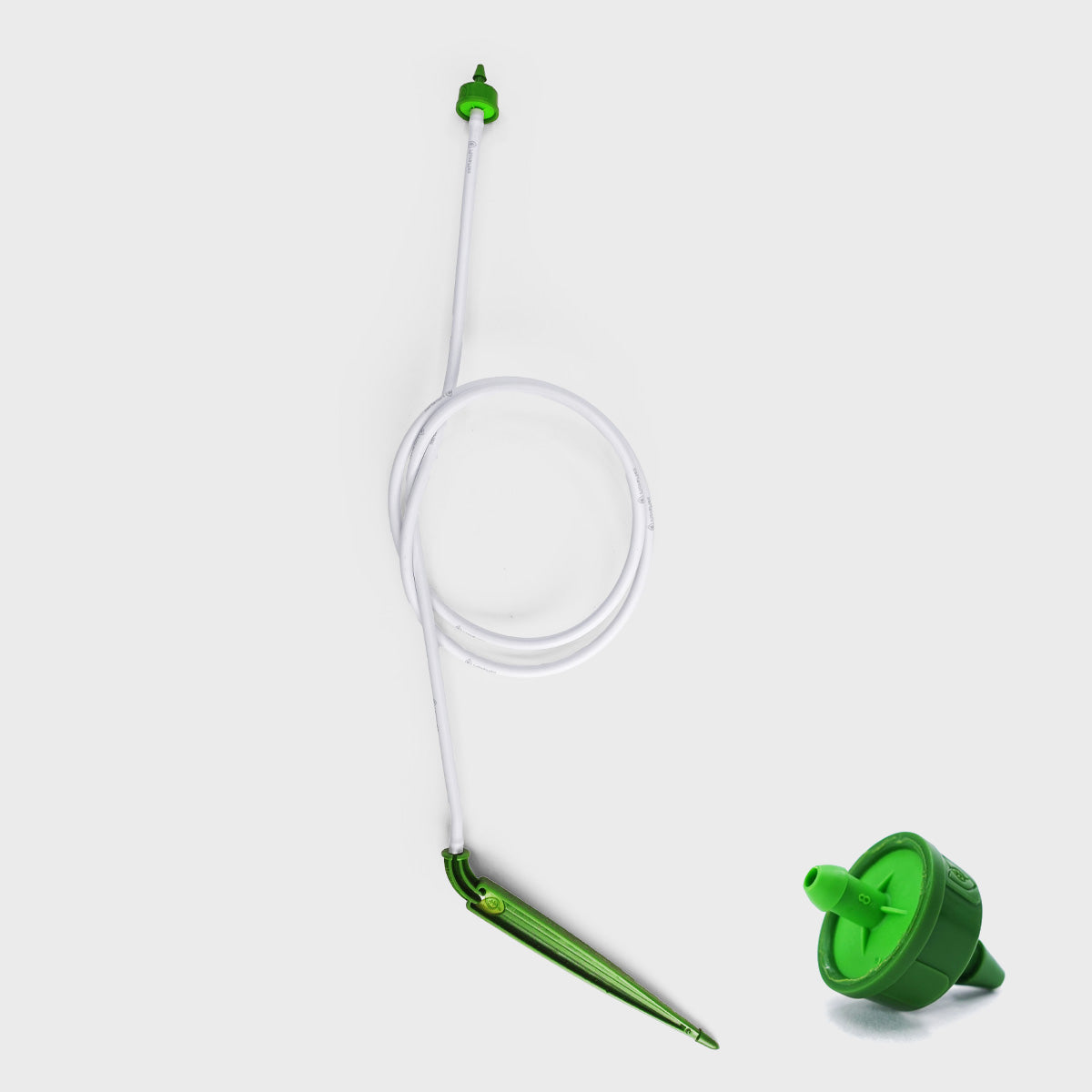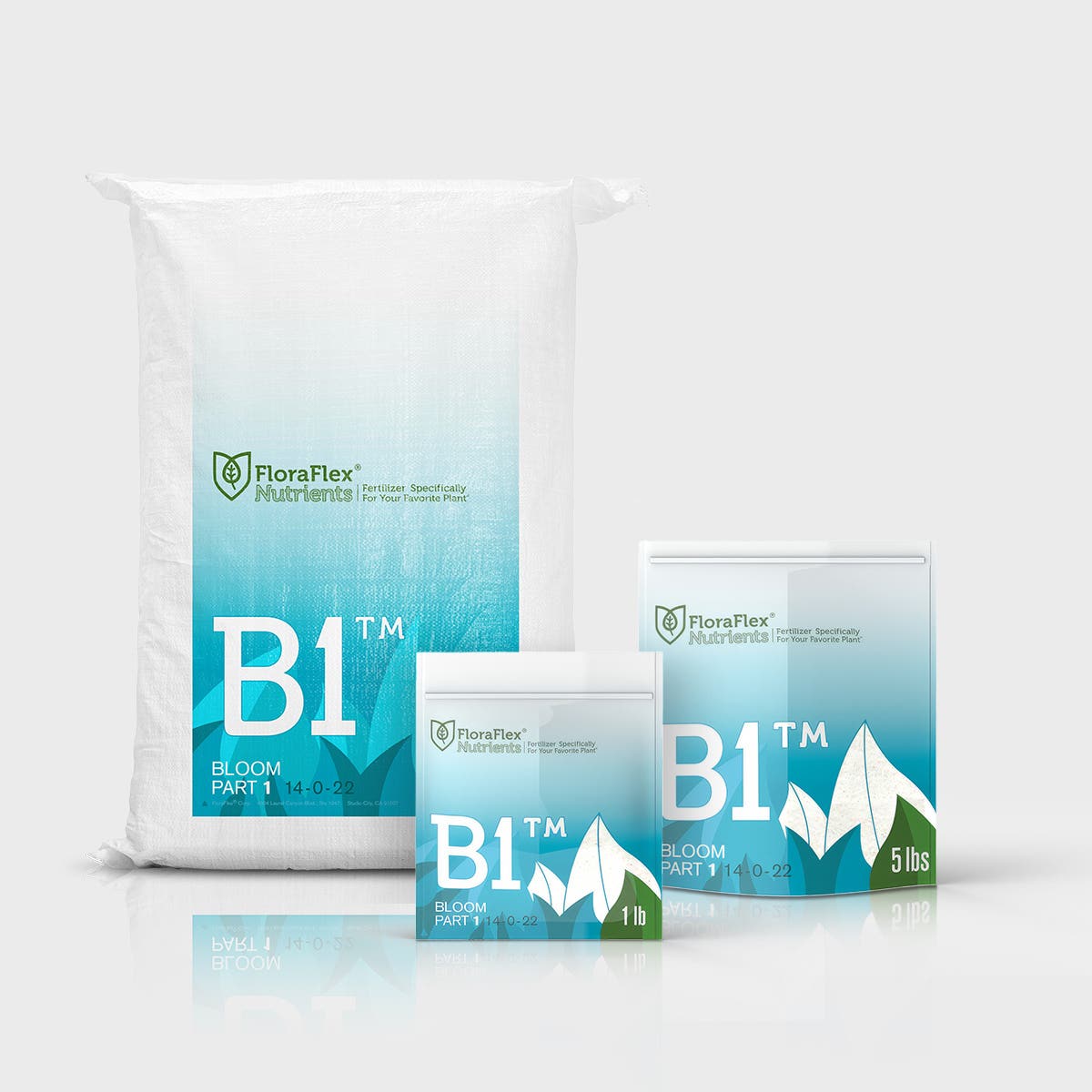Have you ever wondered how to unlock the full potential of your cannabis plants? The secret lies in the often-overlooked realm of micronutrients. While macronutrients like nitrogen, phosphorus, and potassium steal the spotlight, micronutrients play an equally vital role in achieving healthy growth and high yields for your cannabis garden.
In this comprehensive guide, we will explore the world of micronutrients and uncover their significance in cannabis cultivation. From understanding the functions of essential micronutrients to diagnosing deficiencies and optimizing soil conditions, you'll gain the knowledge needed to nurture your cannabis plants to their fullest potential.
Understanding Micronutrients
What are Micronutrients?
Imagine your cannabis plants as little biochemical factories, constantly buzzing with activity. Micronutrients are the crucial catalysts that drive these intricate processes. Micronutrients, also known as trace elements, are essential minerals that cannabis plants require in small quantities for various physiological functions.
Essential Micronutrients for Cannabis
To embark on our journey into the world of micronutrients, let's familiarize ourselves with the key players:
- Iron (Fe)
- Zinc (Zn)
- Manganese (Mn)
- Copper (Cu)
- Boron (B)
- Molybdenum (Mo)
- Nickel (Ni)
- Chlorine (Cl)
- Cobalt (Co)
Each of these micronutrients has a unique role to play in the growth, development, and overall health of your cannabis plants.
Role of Micronutrients in Plant Health
Just like the diverse responsibilities of different team members in a successful project, micronutrients perform specific functions to ensure your cannabis plants flourish:
- Facilitating photosynthesis and chlorophyll production
- Regulating enzyme activity and hormone synthesis
- Promoting nitrogen metabolism and nutrient uptake
- Aiding in osmosis and cell wall formation
- Influencing electron transfer and energy production
- Enabling nitrogen fixation and nodule formation
Understanding the significance of these micronutrients will empower you to identify and address potential deficiencies effectively.
Macronutrients vs. Micronutrients
Key Differences Between Macronutrients and Micronutrients
Before we dive deeper into the world of micronutrients, let's clarify the distinction between macronutrients and micronutrients:
- Macronutrients, such as nitrogen (N), phosphorus (P), and potassium (K), are required in larger quantities by plants.
- Micronutrients, on the other hand, are needed in smaller amounts but are equally essential for optimal plant growth.
Balancing the macronutrient-to-micronutrient ratio is crucial for maintaining the health and productivity of your cannabis garden.
Balancing Macronutrients and Micronutrients for Optimal Cannabis Growth
Like a gourmet chef skillfully combining ingredients to create a masterpiece, you must strike the right balance between macronutrients and micronutrients for your cannabis plants. This delicate equilibrium ensures that your plants receive all the necessary elements without overwhelming them.
By paying attention to your plants' specific needs and monitoring nutrient levels, you can fine-tune their diet and achieve remarkable growth and bountiful yields.
Micronutrient Deficiencies in Cannabis Plants
Common Signs and Symptoms of Micronutrient Deficiencies
Just as humans exhibit symptoms when lacking vital nutrients, cannabis plants also provide visual cues when they are deficient in micronutrients. By keenly observing your plants, you can recognize the following signs and symptoms:
- Yellowing or discoloration of leaves
- Stunted growth or distorted leaves
- Leaf spots or necrosis
- Poor flowering and fruiting
- Reduced overall vigor
Understanding these signals will empower you to address deficiencies promptly and prevent long-term damage to your plants.
Identifying and Diagnosing Micronutrient Deficiencies
Detective mode engaged! When your plants exhibit signs of nutrient deficiencies, it's time to investigate further. By closely examining your plants, evaluating their growth patterns, and comparing symptoms against deficiency charts, you can narrow down the potential culprits and take appropriate remedial actions.
Stay tuned as we explore specific micronutrient deficiencies and their remedies in the upcoming sections.
The Importance of Soil pH and Micronutrient Availability
Relationship Between Soil pH and Micronutrient Uptake
Picture your cannabis plants as connoisseurs of fine dining. Just as certain dishes require specific seasonings to reach their full flavor potential, cannabis plants thrive when their preferred soil pH conditions are met.
Soil pH plays a critical role in determining the availability of micronutrients. Cannabis plants have different pH preferences for optimal nutrient uptake, and maintaining the right soil pH unlocks the treasure trove of micronutrient nourishment.
Adjusting Soil pH for Micronutrient Absorption
When your soil pH veers off the ideal range, it's time to make some adjustments. Whether you need to raise or lower the pH, various techniques and amendments can help you create an environment where your cannabis plants can access the micronutrients they crave.
The journey to micronutrient utopia begins with understanding the specific requirements of each essential micronutrient.
Iron (Fe): The Vital Micronutrient for Chlorophyll Production
Functions of Iron in Cannabis Plants
Iron, the mighty conductor of the chlorophyll orchestra, plays a crucial role in cannabis plant physiology. Without sufficient iron, your plants' chlorophyll production is impaired, leading to pale and lackluster growth.
But iron's responsibilities go beyond chlorophyll synthesis. It also assists in electron transfer, enzyme activation, and energy production within your cannabis plants.
Iron Deficiency and Its Effects on Cannabis Growth
What happens when your cannabis plants run low on iron? The consequences are hard to miss. Iron deficiency often manifests as chlorosis, with leaves turning yellow while the veins remain green—a telltale sign that the chlorophyll factories are struggling.
As the deficiency progresses, your plants' growth rate may slow, and they become more susceptible to stress and diseases. Understanding the symptoms of iron deficiency equips you with the knowledge to save your plants from a lackluster fate.
Zinc (Zn): Enhancing Enzymatic Processes and Hormone Production
The Role of Zinc in Cannabis Metabolism
Zinc, the multitasking superhero of micronutrients, has its hands in various biochemical cookie jars. It is involved in enzyme processes, hormone production, and overall metabolic functions of your cannabis plants.
Zinc's presence is crucial for maintaining the health and growth of your plants, acting as a coenzyme for numerous essential enzymes.
Recognizing Zinc Deficiency in Cannabis Plants
When zinc goes missing, your cannabis plants start waving distress signals. Keep a watchful eye for the following symptoms of zinc deficiency:
- Stunted plant growth
- Interveinal chlorosis
- Leaf curling or distortion
- Reduced leaf size
- Delayed flowering and fruiting
By recognizing these warning signs early on, you can intervene and restore the much-needed zinc balance to your plants.
Manganese (Mn): Promoting Photosynthesis and Nitrogen Metabolism
Manganese's Contribution to Healthy Cannabis Growth
Manganese, the conductor of the photosynthesis symphony, ensures that your cannabis plants can harness the power of the sun effectively. It plays a vital role in chloroplast development, photosynthetic electron transport, and nitrogen metabolism.
By facilitating these essential processes, manganese provides your cannabis plants with the energy and nutrients they need to thrive.
Symptoms and Correction of Manganese Deficiencies
When manganese is in short supply, your plants will let you know. Keep an eye out for the following signs of manganese deficiency:
- Interveinal chlorosis with green veins
- Reduced leaf size and necrosis
- Poor growth and development
- Delayed flowering and fruiting
To nurse your plants back to health, timely interventions and appropriate manganese supplementation are necessary.
Copper (Cu): Facilitating Electron Transfer and Enzyme Activity
Copper's Importance for Cannabis Plant Development
Copper, the electrical engineer of your cannabis garden, is involved in various electron transfer reactions and enzyme activities. It plays a crucial role in the synthesis of lignin, a structural component of plant cell walls, and aids in reproductive processes.
Without sufficient copper, your plants' growth, root development, and overall health can be compromised.
Signs of Copper Deficiency and Remedial Measures
Copper deficiency can leave your cannabis plants feeling a little blue—literally. Look out for these symptoms:
- Leaf chlorosis with bluish-green hues
- Twisted or distorted leaf growth
- Delayed flowering and reduced fruiting
- Weak and brittle stems
To bring back the vibrant green and ensure your plants thrive, providing the right amount of copper is key.
Boron (B): Vital for Pollination and Cell Wall Formation
Boron's Significance in Cannabis Reproduction
Boron, the matchmaker of your cannabis garden, plays a crucial role in pollination and fruit development. It promotes pollen germination, pollen tube elongation, and ensures successful fertilization.
But boron's responsibilities don't end there. It also contributes to cell wall formation, membrane integrity, and calcium uptake within your plants.
Detecting and Treating Boron Deficiencies in Cannabis
When boron levels dip below optimal, your cannabis plants will express their discontent. Watch out for these signs of boron deficiency:
- Brittle and distorted growing points
- Abnormal flower development
- Stunted growth and poor fruit set
- Corky or necrotic tissue
To ensure your plants enjoy a successful love life and achieve their reproductive potential, addressing boron deficiencies promptly is crucial.
Molybdenum (Mo): Enabling Nitrogen Fixation and Enzyme Function
The Role of Molybdenum in Nitrogen Conversion
Molybdenum, the nitrogen magician, assists in the transformation of nitrogen into a usable form within your cannabis plants. It is an essential component of nitrogenase, an enzyme responsible for nitrogen fixation in leguminous plants.
By facilitating nitrogen metabolism, molybdenum ensures your cannabis plants have access to this vital building block for growth and development.
Identifying Molybdenum Deficiencies in Cannabis
When molybdenum is in short supply, your plants won't reach their full potential. Look for these signs of molybdenum deficiency:
- Yellowing or chlorosis between veins
- Stunted growth and reduced vigor
- Abnormal leaf development
- Poor flower and seed formation
To rescue your plants from the molybdenum blues, providing the necessary supplementation is essential.
Nickel (Ni): Influencing Enzyme Activity and Nutrient Uptake
Nickel's Impact on Cannabis Growth and Development
Nickel, the gatekeeper of enzyme activity, ensures that your cannabis plants' metabolic processes are firing on all cylinders. It plays a crucial role in enzyme synthesis, nutrient uptake, and nitrogen metabolism.
Without sufficient nickel, your plants' growth and development can be hampered, leading to stunted stature and compromised overall health.
Symptoms and Remedies for Nickel Deficiencies
When nickel is in short supply, your cannabis plants won't keep it a secret. Look for these telltale signs of nickel deficiency:
- Interveinal chlorosis with brownish tips
- Reduced leaf size and distorted growth
- Delayed flowering and poor seed set
- Abnormal root development
To bring back the vitality and ensure your plants have access to the necessary nickel reserves, timely supplementation is crucial.
Chlorine (Cl): Osmosis and Stomatal Regulation
The Role of Chlorine in Cannabis Physiology
Chlorine, the master regulator of water balance, ensures your cannabis plants' cells maintain the right turgor pressure. It influences osmosis, stomatal regulation, and assists in photosynthesis.
By maintaining the delicate balance of water and nutrients within your plants, chlorine contributes to their overall health and productivity.
Signs of Chlorine Deficiency and Corrective Measures
When chlorine levels dip, your cannabis plants may become a little parched. Look for these symptoms of chlorine deficiency:
- Wilting and leaf necrosis
- Reduced growth and overall vigor
- Poor flowering and fruiting
- Increased susceptibility to diseases and stress
To quench your plants' thirst and restore their vitality, providing the necessary chlorine supplementation is crucial.
Cobalt (Co): Essential for Nitrogen Fixation
Cobalt's Role in Nitrogen Fixation
Cobalt, the silent partner of nitrogen fixation, ensures that your cannabis plants can access this vital nutrient. It is a component of vitamin B12, which is necessary for the activity of nitrogen-fixing bacteria.
By enabling nitrogen fixation, cobalt contributes to your plants' nitrogen metabolism and overall growth.
Cobalt Deficiency and Its Effects on Cannabis Plants
When cobalt levels are insufficient, your cannabis plants will make it known. Look for these signs of cobalt deficiency:
- Stunted growth and reduced vigor
- Interveinal chlorosis and leaf necrosis
- Delayed flowering and poor seed set
- Abnormal root development
To rescue your plants from the nitrogen crisis and restore their vitality, providing the necessary cobalt supplementation is crucial.
Conclusion
As we conclude our journey into the world of micronutrients for cannabis, we hope you've gained a deeper understanding of these essential elements and their roles in your plants' growth and development. From iron to cobalt, each micronutrient has a unique contribution to offer.
By recognizing the signs of micronutrient deficiencies, understanding the delicate balance between macronutrients and micronutrients, and optimizing soil conditions, you can provide your cannabis plants with the nourishment they need to thrive.
Remember, the key to successful cannabis cultivation lies in observation, adaptation, and timely interventions. As you embark on your gardening adventures, armed with the knowledge of micronutrients, your plants will flourish, rewarding you with robust growth, abundant yields, and a sense of pride.
FAQs
-
Q: How often should I apply micronutrients to my cannabis plants?
- A: The frequency of micronutrient application depends on various factors, such as the specific needs of your plants, soil conditions, and nutrient deficiencies. It is recommended to follow the instructions provided by reputable nutrient manufacturers or consult with a horticulture expert for personalized guidance.
-
Q: Can I use foliar sprays for micronutrient deficiencies?
- A: Yes, foliar sprays can be an effective method to address micronutrient deficiencies. They allow direct absorption of nutrients through the leaves, bypassing any soil-related absorption issues. However, it's essential to use appropriate concentrations and follow the recommended application guidelines.
-
Q: Are micronutrient deficiencies more common in hydroponic or soil-based cannabis cultivation?
- A: Micronutrient deficiencies can occur in both hydroponic and soil-based cultivation. However, the prevalence may vary depending on the specific growing method, nutrient solution composition, pH management, and the quality of the growing medium. Regular monitoring and appropriate nutrient supplementation are crucial in both systems.
-
Q: Can excessive micronutrient supplementation harm my cannabis plants?
- A: Yes, excessive micronutrient supplementation can lead to nutrient imbalances and toxicity, which can harm your cannabis plants. It's important to follow recommended dosage guidelines and regularly monitor your plants for any signs of nutrient stress. If in doubt, consult with a horticulture expert for guidance.
-
Q: Are organic micronutrient sources better for cannabis cultivation?
- A: Both organic and synthetic micronutrient sources can be suitable for cannabis cultivation, depending on your preferences and growing practices. Organic sources often provide a slow-release form of nutrients and contribute to soil health. Synthetic sources, on the other hand, offer precise control over nutrient concentrations. Choose the option that aligns with your cultivation philosophy and follow proper application methods.








